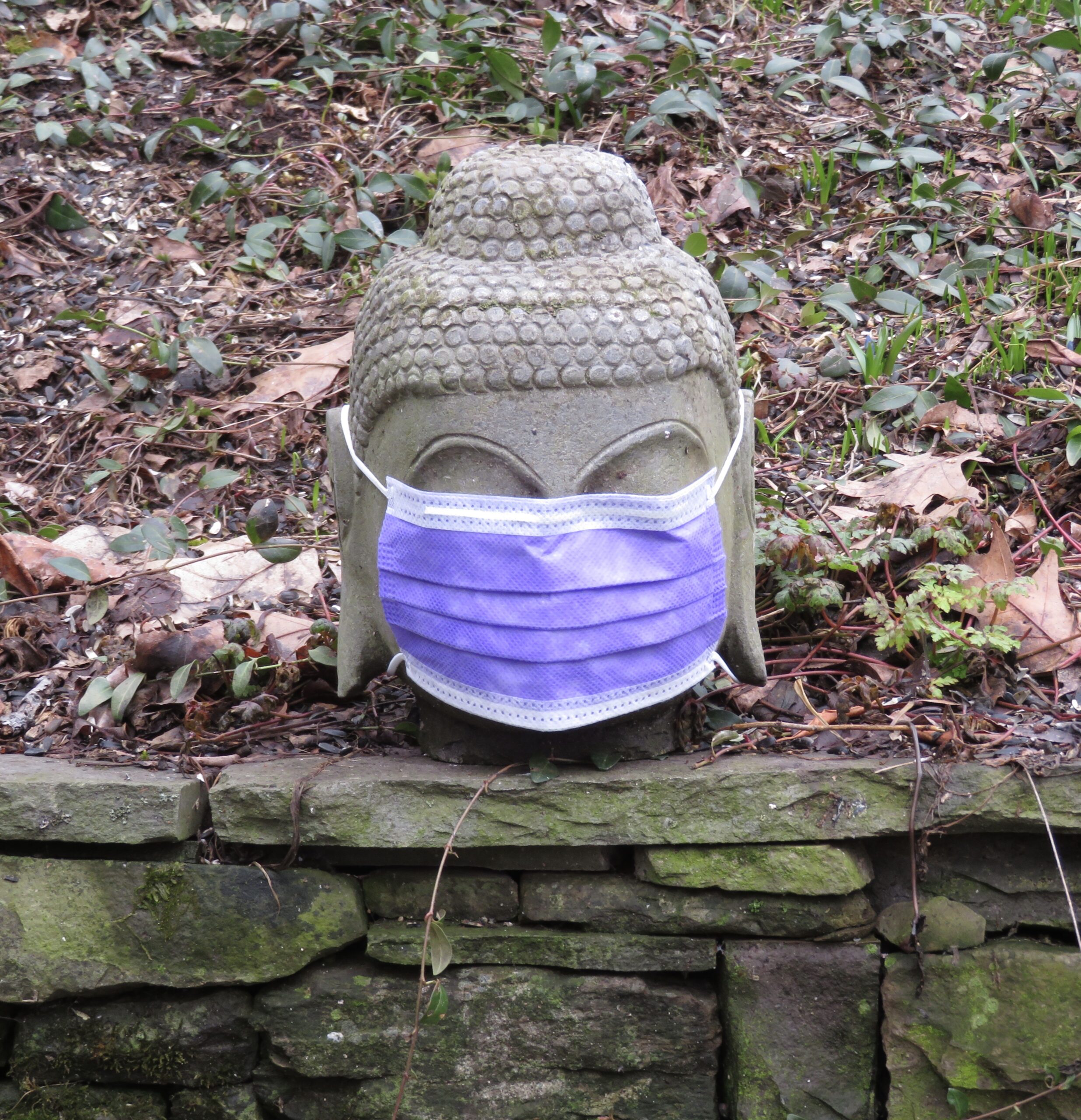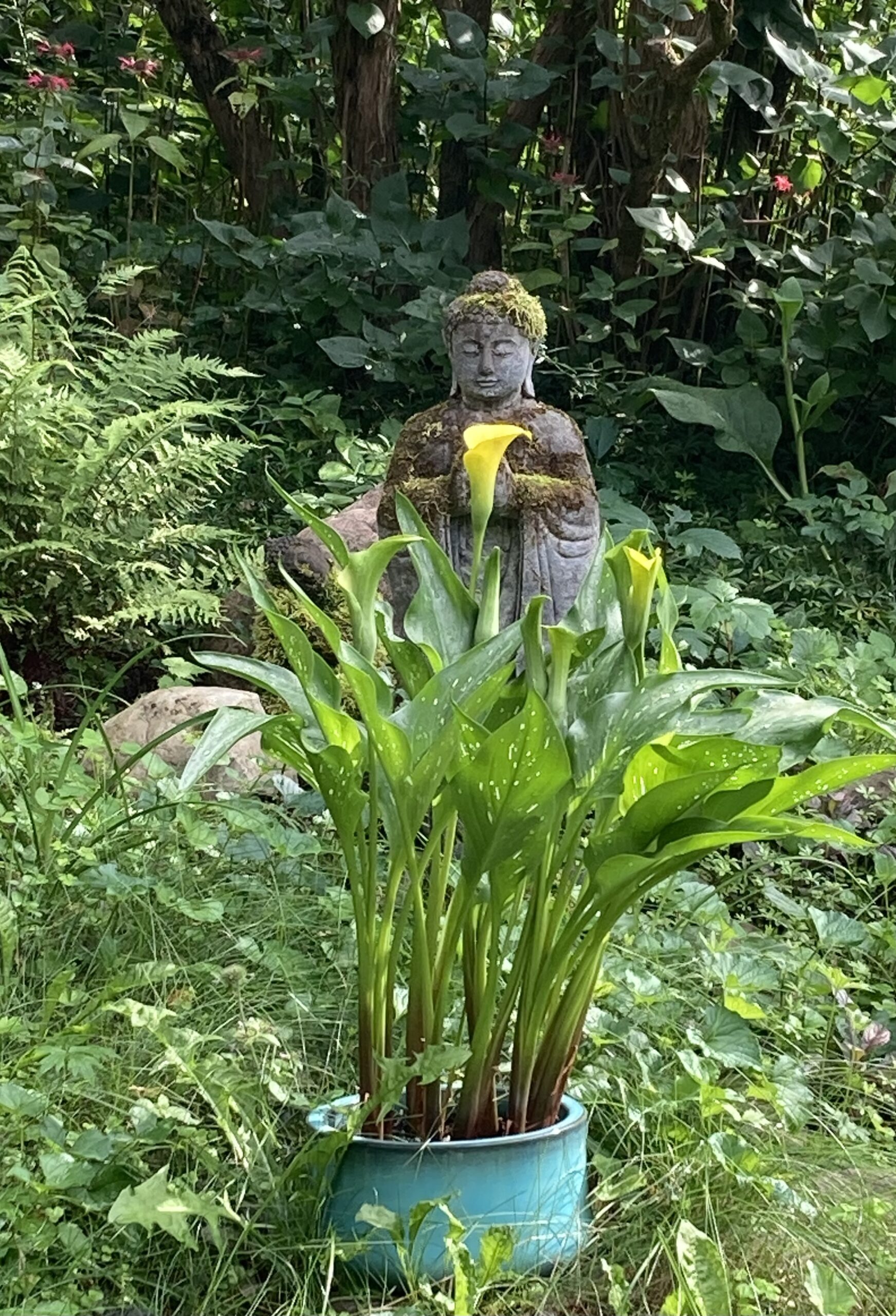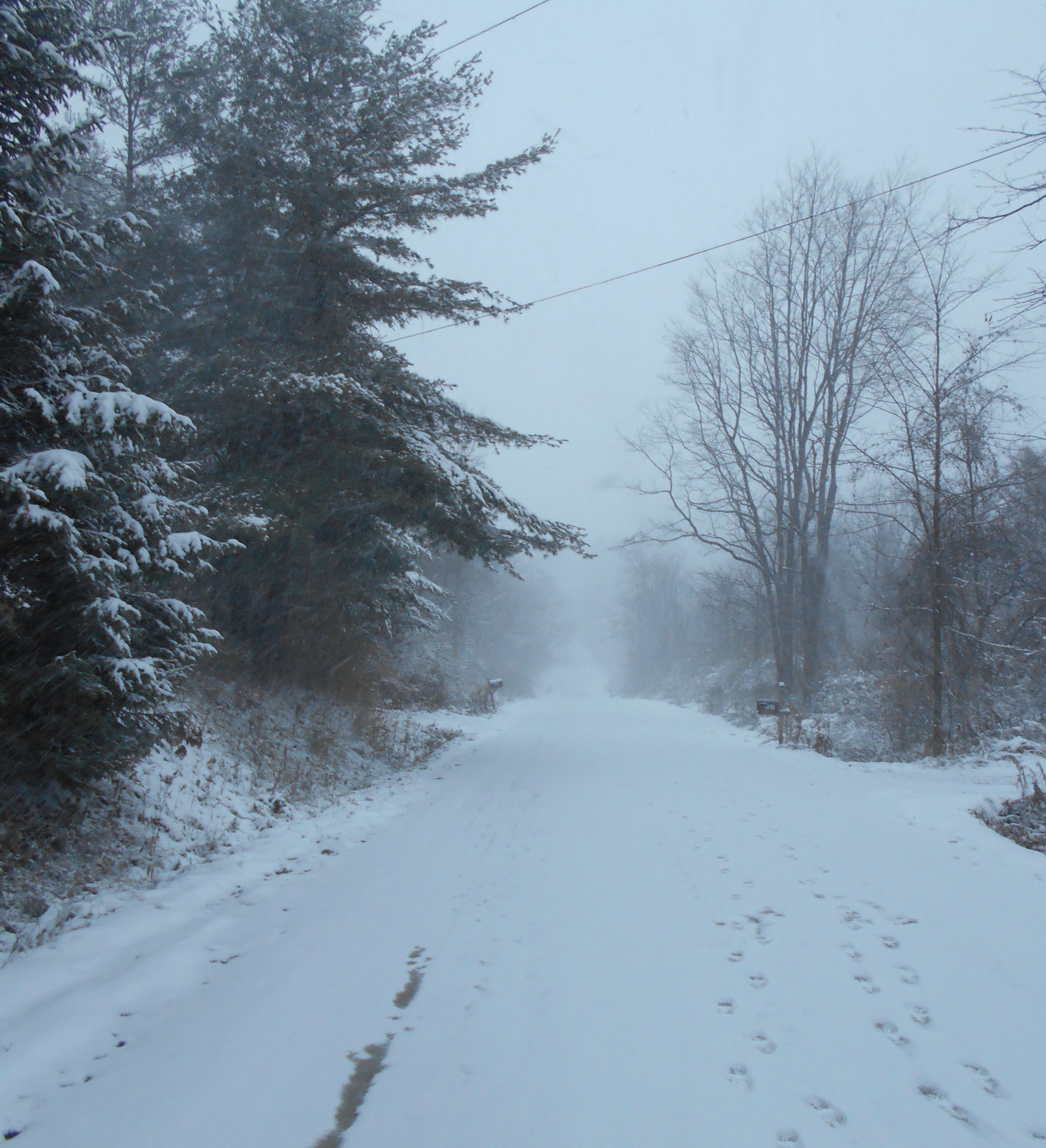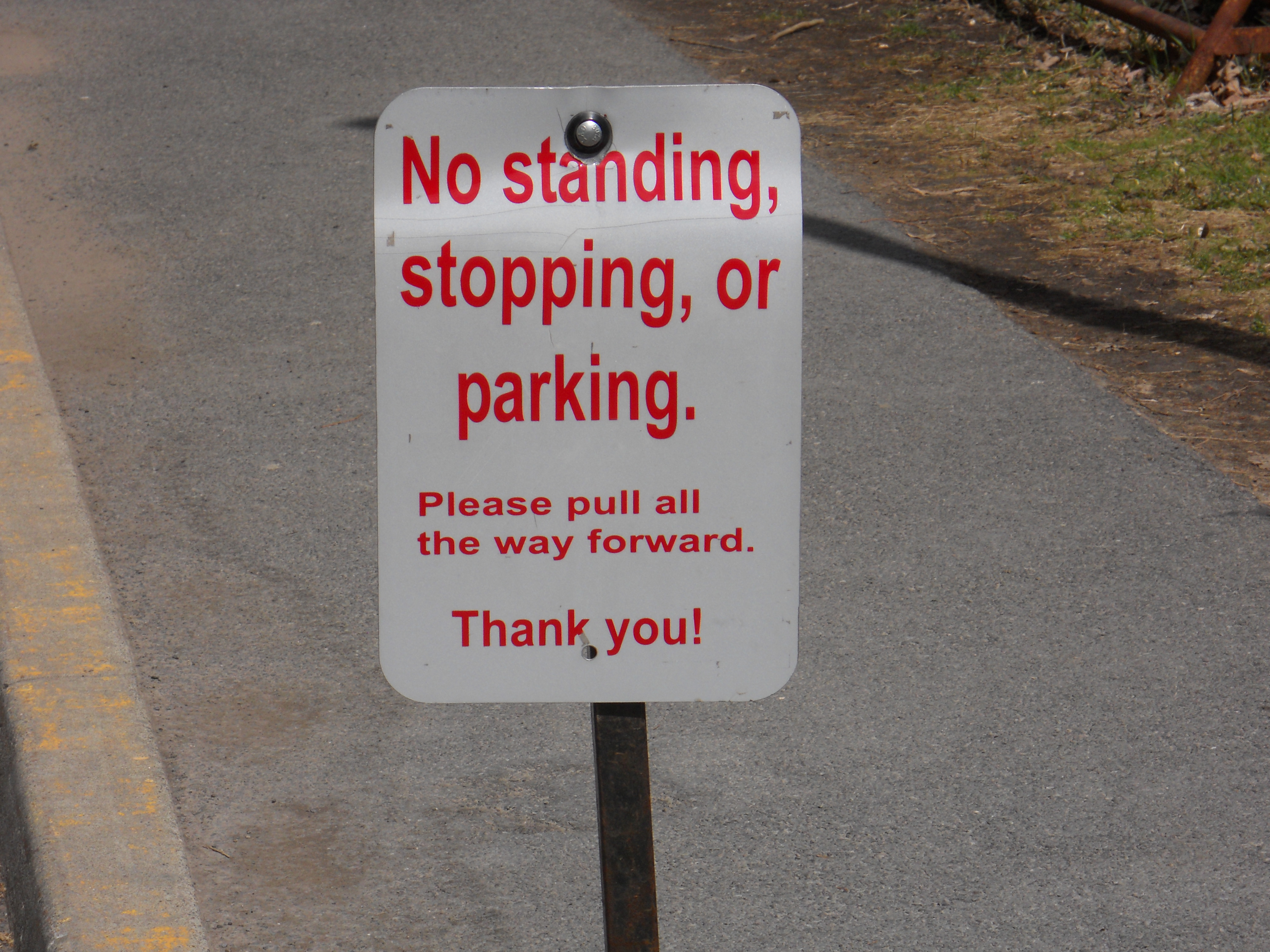It finally caught me and then my wife. A thing we have dreaded; a thing that has pursued all of us for over 3 years and has touched everyone in one way or another in multiple times and ways. That has caught most of us. That we hoped and might have imagined was over. COVID.
In 2022, the CDC did a study of Americans 16 and older and found 77.5% of us had antibodies from infection. Clearly more of us have been affected since 2022, at least two more, and all the people we all know who have been sick in 2023.
It was said, over and over, we’re all in this together. And that is the most fearful thing, and the most hopeful. That maybe we will wake from a collective sleep and realize our mutual relationship, or that it’s not even a relationship but a continuum, or web of interrelations.
In the most basic way, someone passes the illness to us. We may pass it to someone else. Which gets to another part of this I had nightmares about: getting others sick. My spouse as number one. I couldn’t stand the thought of her sick, especially from me. She tested negative Thursday. But this morning, Friday, a sniffle, a cough, and a positive test. And I was scared all over again, but for her. When we realized I was sick, we had started sleeping in separate rooms, wore masks, etc. But at home, with only one bathroom and kitchen, isolation proved impossible.
The symptoms started for me on Tuesday. My wife and I were in New York City, on one of our few vacations since COVID. I was climbing the steps to go into The Museum of Natural History, a museum I knew well in my youth but not in recent years. And I tripped. One foot seemed to fall asleep on me. Then it happened again when we took stairs down from the fourth-floor dinosaur wing. And again, descending from the third floor. I realized something was off. I feared a stroke, but everything else in me was working perfectly⎼ or so it seemed.
Then at night, after a wonderful dinner, we returned to our hotel. And my head started feeling too heavy to sit on my shoulders and was spinning from the weight. My throat was absurdly dry and scratchy. My stomach a bit queasy. Most of you know the signs. And now I knew.
When I turned out the light, I realized that lying with me in bed was something so big it had become myth sized. Larger than any one human. Darker than night. A myth that felt very modern but in one form or another has been with humans forever, or maybe more so once we moved from grassy plains to enclosed spaces. To big groups instead of small ones. A possibly deadly illness that we could catch and pass on from one person to the next.
And I was frightened. Here it was. And I knew not what would happen to me or to us. Suddenly, I was not in my own hands. I realized we were never totally in our own hands.
And just as I fell asleep, someone knocked on the door of our room, The noise woke us up, and was repeated again and again. I yelled out in response, “Who is it?” “Me,” they answered. Was this a puzzle posed by the universe? “Who?”
I got up and went to the door. I looked through the peephole. A young woman was standing there, apparently alone, but my view was obstructed. I opened the door. Once she saw my face, she knew she was at the wrong door, apologized, and turned away.
It took a while, but finally peace and quiet replaced the knocking.
The next day, I tested positive….
*To read the whole post, please go to this link to The Good Men Project.







